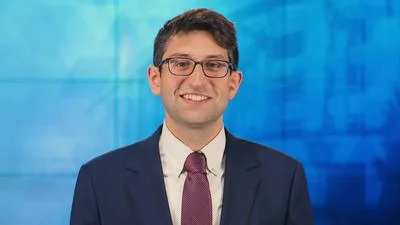The Congressional Record is a unique source of public documentation. It started in 1873, documenting nearly all the major and minor policies being discussed and debated.
“INVESTMENT IN OUR NATION'S INFRASTRUCTURE” mentioning the U.S. Dept. of Transportation was published in the House of Representatives section on pages H5448 on June 17, 2003.
The publication is reproduced in full below:
INVESTMENT IN OUR NATION'S INFRASTRUCTURE
The SPEAKER pro tempore. Under a previous order of the House, the gentleman from Illinois (Mr. Lipinski) is recognized for 5 minutes.
Mr. LIPINSKI. Mr. Speaker, our transportation system is second to none, but let us not sit on our hands. We still have room to improve.
Thanks to the leadership of President Eisenhower, and thanks to his experience under the vision of General John Pershing, we have the interstate highway system. Just as this Nation made a choice a half century ago, we need to make a choice again today. We need to make a decision. We must decide if we want to continue the legacy of President Eisenhower, General Pershing and other leaders who came before us. We must decide to make a major commitment to fund our Nation's infrastructure needs.
As I have said before, I will say it again tonight, we have study after study. We have pages and pages of numbers. We have the proof. The issue is no different now than it was 50 years ago under President Eisenhower. Our transportation needs continue to grow, and we need to find a way to adequately fund those needs.
The needs are many, but the answer is simple. We need to invest more in our transportation system. Here, however, in today's economy, the problems and needs are not only just with our transportation system.
In today's economy, where corporate profits inch up, we still have a 6 percent unemployment rate. The other numbers are even grimmer: 9 million unemployed Americans; 5 million underemployed Americans; and 2 million Americans have been out of a job for 6 months; 4.4 million Americans have just completely given up even looking for a job, and they have left the workforce altogether.
In today's economy, we simply have to think about more than just TRB studies, government lingo, conditions and performance reports and bureaucratic infighting, things that probably do not matter a great deal to many Americans. What we must do is to start thinking about the sluggish economy. We have to start thinking about and talking about how the loss of jobs and the 6 percent unemployment rate creates real problems and real economic hardships in the lives of millions of Americans, American workers who just are not working because they cannot find good jobs. There are not good jobs out there.
Even better yet, let us start doing something about it because we are in a position to do just that. The concept of the expansionary fiscal policy is nothing new. It has worked before and it will work again. It is the basic economics of pump-priming the economy.
According to the U.S. Department of Transportation, each $1 billion invested in infrastructure creates 47,500 jobs and 6.1 billion in related economic activity. With a 6 percent overall unemployment rate and an 8.3 unemployment rate for construction workers, there is no better economic stimulus package than the $375 billion public works bill, plain and simple.
It is a jobs bill that will put jobs back in the American economy and put American workers back to work.
____________________








